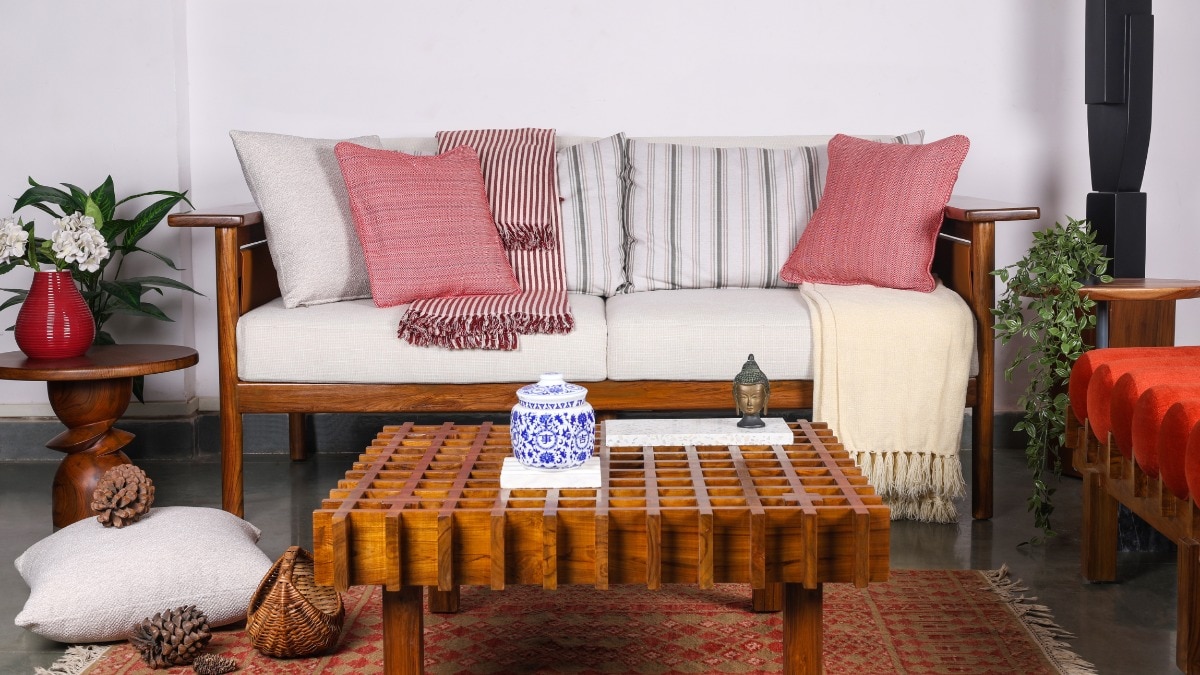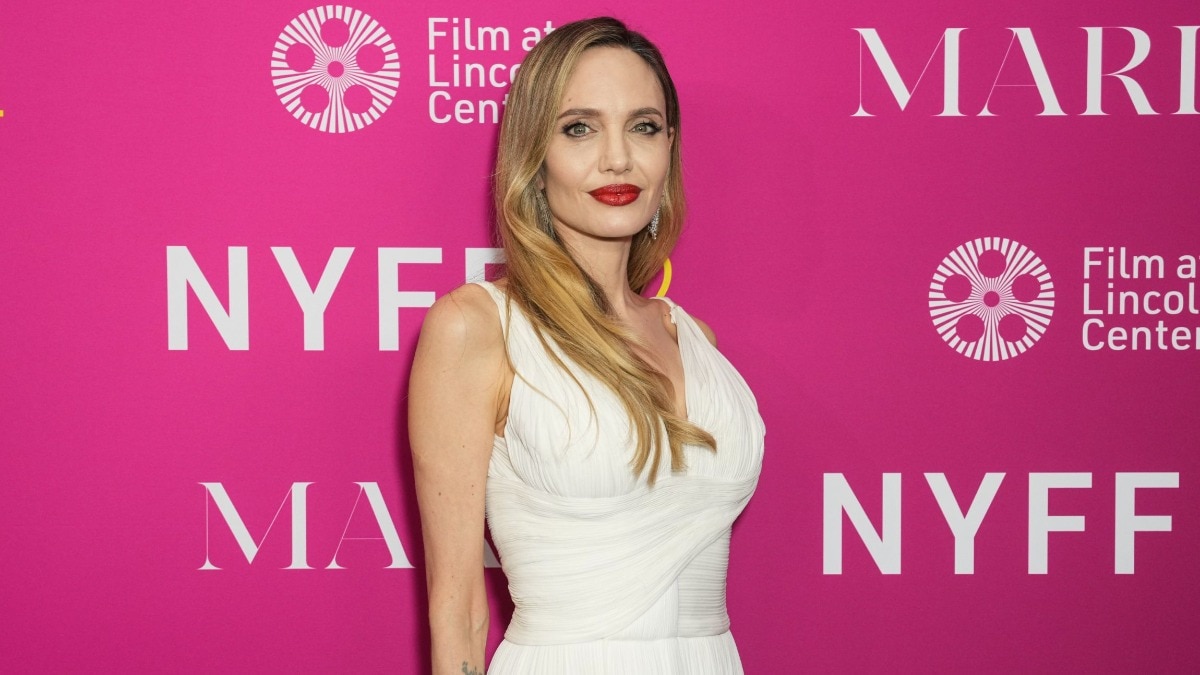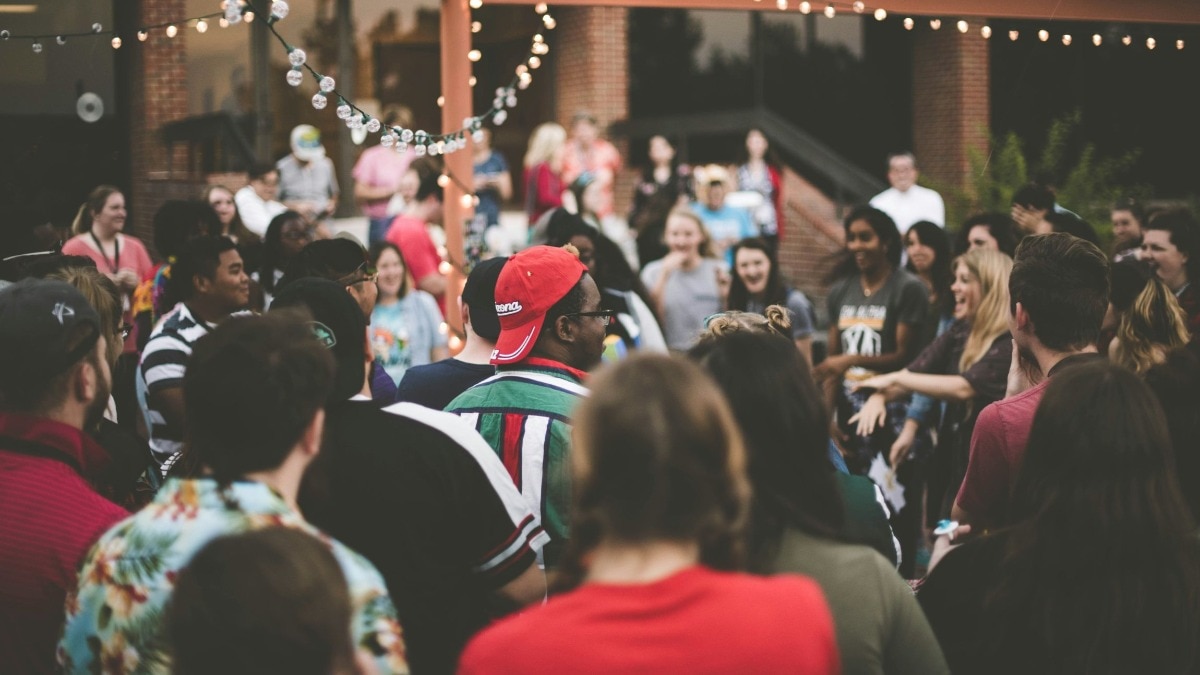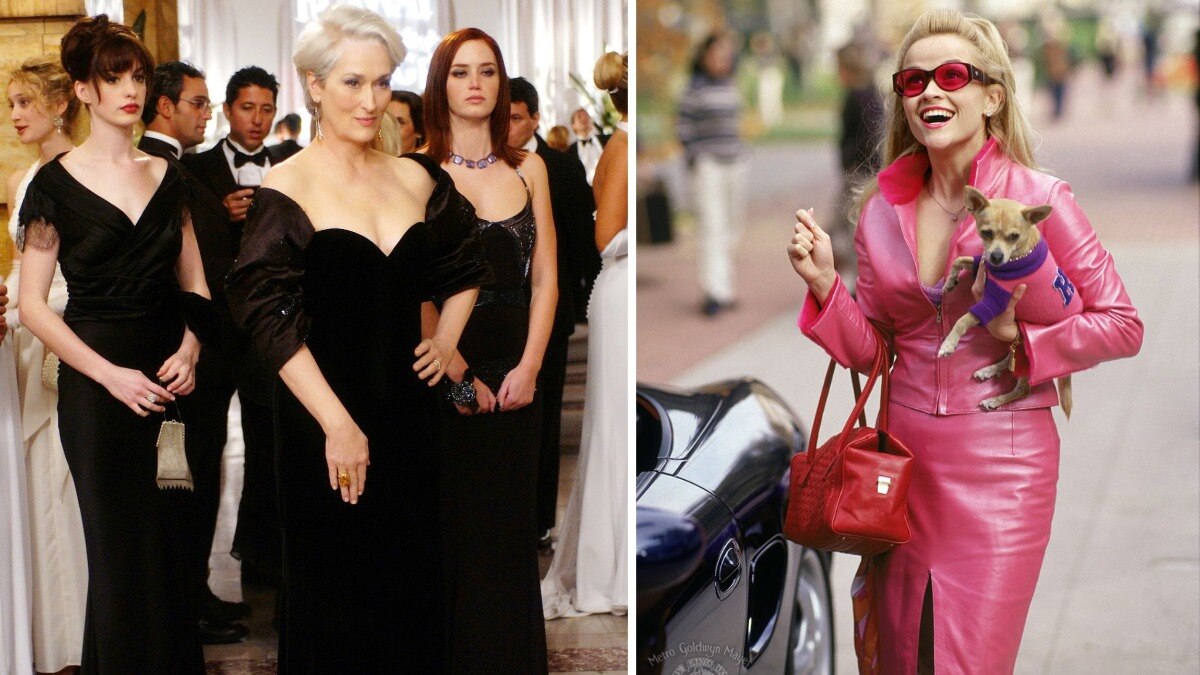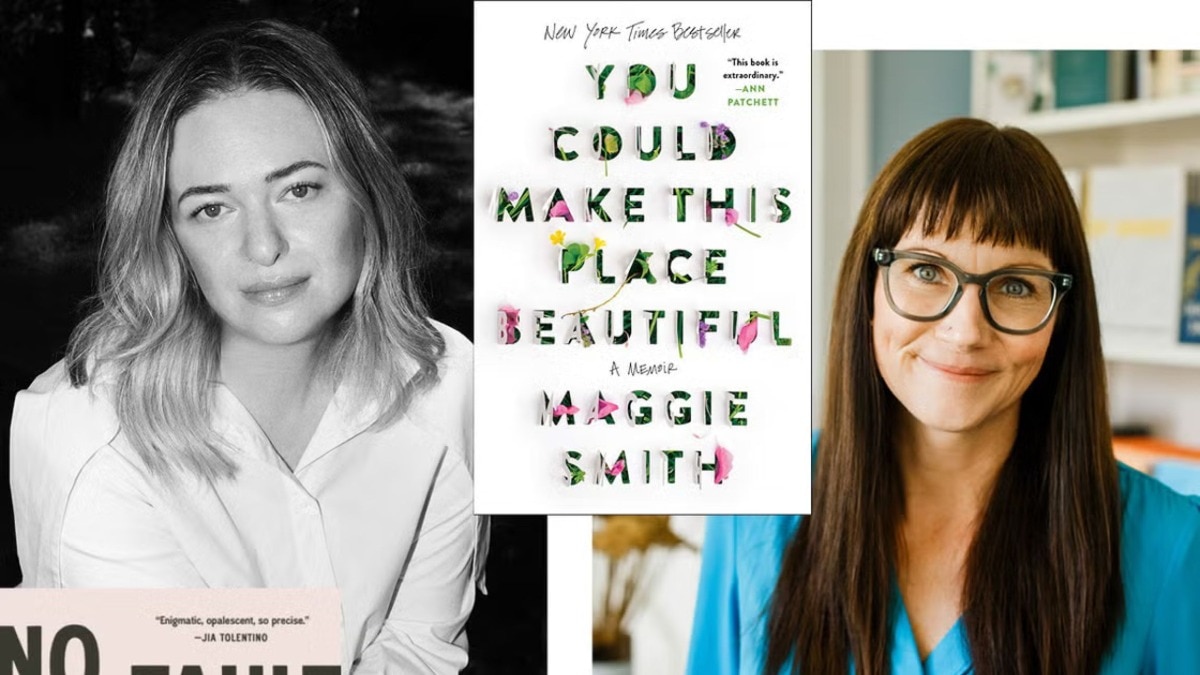From Seoul to the world: Why the 4B Movement is important now more than ever
Does this mark the dawn of a new era of global feminism?

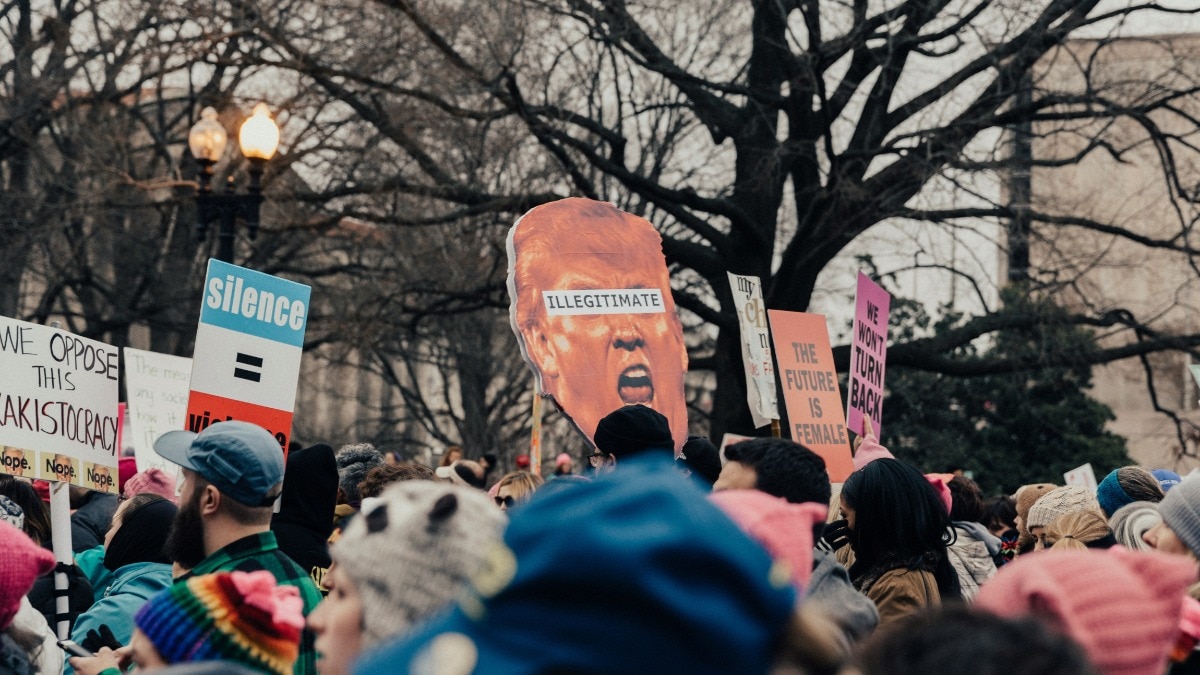
It’s not news that we still live in a deeply patriarchal world, but when it comes to certain countries, the circumstances are especially dire. Women in South Korea, for instance, face a stark gender pay gap, limited representation in leadership, rigid societal expectations, sexism, sexual harassment, and widespread violence. In fact, South Korea holds the largest wage gap among OECD countries—men earned 31.2% more than women in 2022, according to OECD data.
For many women in South Korea, the idea of dating men, getting married, or having children no longer feels worth it, especially when these norms often lower their quality of life. And this is how the 4B movement was birthed.
The 4B movement explained
If explained quite literally, the 4B stands for ‘bi,’ which translates to ‘no’ in Korean. The ‘4Bs’ are Bihon (no heterosexual marriage), Bichulsan (no childbirth), Biyeonae (no dating), and Bisekseu (no heterosexual sexual relationships).
In 2010, the movement was initiated by South Korean feminists in response to increasing violence, discrimination, and gender inequality. It presented an alternative to societal expectations, allowing women to opt out of conventional roles such as marriage and motherhood while challenging patriarchal systems.
The 4B movement gained momentum in 2016 after a shocking crime that drove feminists in South Korea to make a call to action. A young woman was murdered near a subway station by a man who claimed he attacked her because she ignored him. The incident sparked nationwide outrage, galvanising women to demand systemic change.
Around the same time, digital sex crimes were on the rise, with hidden cameras and AI-generated deepfake pornography disproportionately targeting young women. Adding to the discontent, South Korea’s declining population which was declared a national emergency, led to a controversial government response—a "birth map" colour-coded to show regions classified by the population of women of childbearing age. Unsurprisingly, this move was widely criticised for objectifying women, and ignited indignation and fear while intensifying support for the 4B movement.
Ayo Wahlberg, an anthropology professor at the University of Copenhagen, explained in an interview that women often bear the brunt of childcare, household chores, and elder care. Coupled with rising inflation, many are forced to take on jobs outside the home, doubling their responsibilities.
“You know, that kind of feminine rage that transcends human form? Like in the book Magical Women, 4B feels like its real-world counterpart,” says Devrupa Rakshit, an independent multimedia journalist, to Bazaar India, referring to Sukanya Venkatraghavan’s fictional novel, which weaves tales of powerful women—witches, to be precise.
The movement presents a new perspective, prioritising women’s well-being and oppugning a system that has long held them back.
How the 4B movement travelled
The political climate in the United States has been in turmoil since Donald Trump won the election to become the next president of the United States of America. This is the case for a couple of reasons, starting with his polarising policies and divisive rhetoric that the world witnessed during his previous presidency from 2017 to 2021.
Now, with Trump elected as president again, tensions are higher than ever, raising concerns, particularly among women, LGBTQ+ communities, and advocates of reproductive rights.
In response to the growing fears about women’s agency over their bodies in the past few weeks, the 4B movement has gained significant traction in the USA, ignited by TikTok, where women are opening up about why they’re interested in exploring it and how they’ve come to understand its message, especially after Trump’s win. It’s clear that the movement has found its footing in the States and is continuing to grow.
American women and the 4B movement
Elisa Wells, co-founder of Plan C, a public health creative campaign on abortion pill access, said in an interview that visits to their site surged from 4,500 to 82,900 per day following the election, with a rise in requests for abortion pills—largely driven by the lessons learned from Trump's presidency in 2017, which indicated a disregard for women's bodily autonomy.
The rising sense of insecurity, confusion, and anger among American women about the future has served as a major catalyst for their growing involvement in the 4B movement. With the political climate leaving them feeling threatened, they are turning to the movement as a way to reclaim their autonomy. However, the movement is not without its limitations.
“I understand where the 4B movement comes from, as rejecting heteronormative structures and asserting bodily autonomy are crucial. However, its trans-exclusionary history makes it less suitable for addressing broader patriarchal issues in America post-Trump.” says Rakshit. She believes that while the movement opens the door for discussions on autonomy and systemic reform, we must develop more inclusive and effective strategies to challenge oppression.
The US election could have been a turning point for the country and the world—an opportunity for inclusivity, women's rights, and a female role model in power. But Trump's victory shattered many hopes, leaving people fearful about the future—questioning the protection of their rights, their bodies, and their lives. For women and LGBTQ+ communities especially, it raises urgent concerns about whether they will be safeguarded by the law or forced to fight for basic freedoms.
The 4B movement chatter
The discussions on the internet predict that in the coming months, the 4B movement will gain substantial attention in America and subsequently draw focus to other deeply patriarchal countries in Asia, such as India, Japan, China, Bangladesh, and more.
And well, the numbers speak volumes about the patriarchal systems across Asia. Japan ranks 118th on the Global Gender Gap Index, India ranks 129th, China ranks 107th, and Bangladesh ranks 99th out of 146 countries. These stats closely reflect the gender disparities in the regions.
When a movement like 4B sparks debates on the internet and makes its way to Asia, the conversation changes completely. The issues faced by Asian countries are much more deeply rooted, influenced by factors like financial dependency, poverty, lack of education, and more. If we were to talk about this in the Indian context, the ground reality remains that it’d be far easier for urban women to advocate for the movement, although the reality for many women in India is different—women who are financially dependent, women who have less access to education, less privilege, fewer opportunities, and face cultural and societal restrictions.
“As a country where child marriages are rampant and women lack agency, expecting most women to make such decisions isn’t realistic. It’s easy for upper-class, urban women like me to preach 4B, but the reality for many women in India is far removed from our privileged lives,” says Rakshit.
She continues, "What we can (read as: should) look at in India is a movement that prioritizes intersectionality, addressing caste, class, and patriarchy, while focusing on coalition-building rather than exclusion."
While the reality of the 4B movement may differ across countries, one thing is certain: the online community will rally behind women fighting for their rights, whether they are in South Korea, America, or anywhere else. Especially now, with the political climate becoming increasingly hostile for many women and LGBTQ+ communities in the US, they will find support in various forms—online solidarity, donations, protests, advocacy campaigns, and more. The global feminist community will continue to stand by them in whatever capacity they can.
As Kamala Harris said, “The fight is not over”, echoing the resilience the world needs now more than ever.
Lead image credit: Unsplash
Also read: Carry on screaming: why women are drawn to horror
Also read: Six directors on their favorite fed-up female characters


